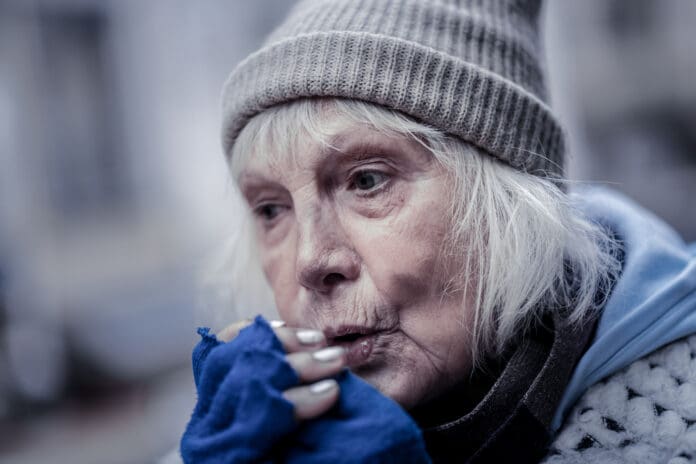Shelters for unhoused people are seeing more and more seniors on fixed incomes. As Margie Menzel reports, the reasons include the lack of affordable housing and the rising costs of rent – and of staying in their own homes.
The Kearney Center in Tallahassee has a capacity of 450. It had been averaging about 230 residents, but over the last six months it’s increased to 330. About 53 percent of the residents are aged 45 or older.
“We have right at 100 clients that are over the age of 65. So, that aging population that we’re seeing …God bless ‘em. This is not what they signed up for.”
That’s Kearney Center Executive Director Sonya Wilson.
“These are people that have worked their whole life,” she says.
Wilson attributes their numbers in the shelter to the lack of affordable housing, sometimes to a disability, and the rise in property insurance and property taxes.
“Their checks haven’t went up to sustain them in their housing that they currently have. So, they’re ending up here at the shelter – no fault of their own,” she says. “But they simply can’t afford – whether it be the taxes and the insurance on a mortgage that puts them out or an apartment that the rent goes up – they can no longer sustain that. So, they find theirselves here…”
In South Florida, where housing is even harder to come by, Max Rothman is the president and CEO of the Alliance for Aging. He says living on a fixed income is a huge driver of seniors losing their housing.
“Well, undoubtedly, including some that aren’t on a fixed income, but that’s certainly a critical factor,” Rothman says. “I think the cost of living has gone up dramatically… inflation factor…mental health issues…the lack of affordable housing…All of these things contribute to challenges.”
Last year the Alliance for Aging received 1,784 calls to its Help Line specifically about housing.
“A lot of the ones that we hear – they got a rent increase and they can’t afford it,” says Rothman.
At the same time, gentrification is driving people out of their long-time homes, he says.
“When we talk about increasing costs, places like Little Haiti, Wynwood – they’ve been going through gentrification. So that drives up the rentals and older people can’t…simply can’t afford them.”
Rothman says a second wave of baby boomers, born in the mid-fifties to the mid-sixties…
“…who are retiring or can’t work anymore for one reason or another, and they’re beginning to show up much, much more in our system,” Rothman says. “What that suggests is that this problem isn’t going away in the short term. It’s been increasing for years, and I think we’ll be experiencing it for some years to come.”
According to the Florida Aging Statistics and Resource Guide, 27 percent of the state’s population is aged 60 or older. Thirteen percent of seniors aged 65 or older are living alone. The median household income for a Florida senior is $42,600. For non-seniors, that figure is nearly $68,000.
9(MDA4MzU1MzUzMDEzMTkyMzAwMzY5MjY1Mw004))
9(MDA4MzU1MzUzMDEzMTkyMzAwMzY5MjY1Mw004))


